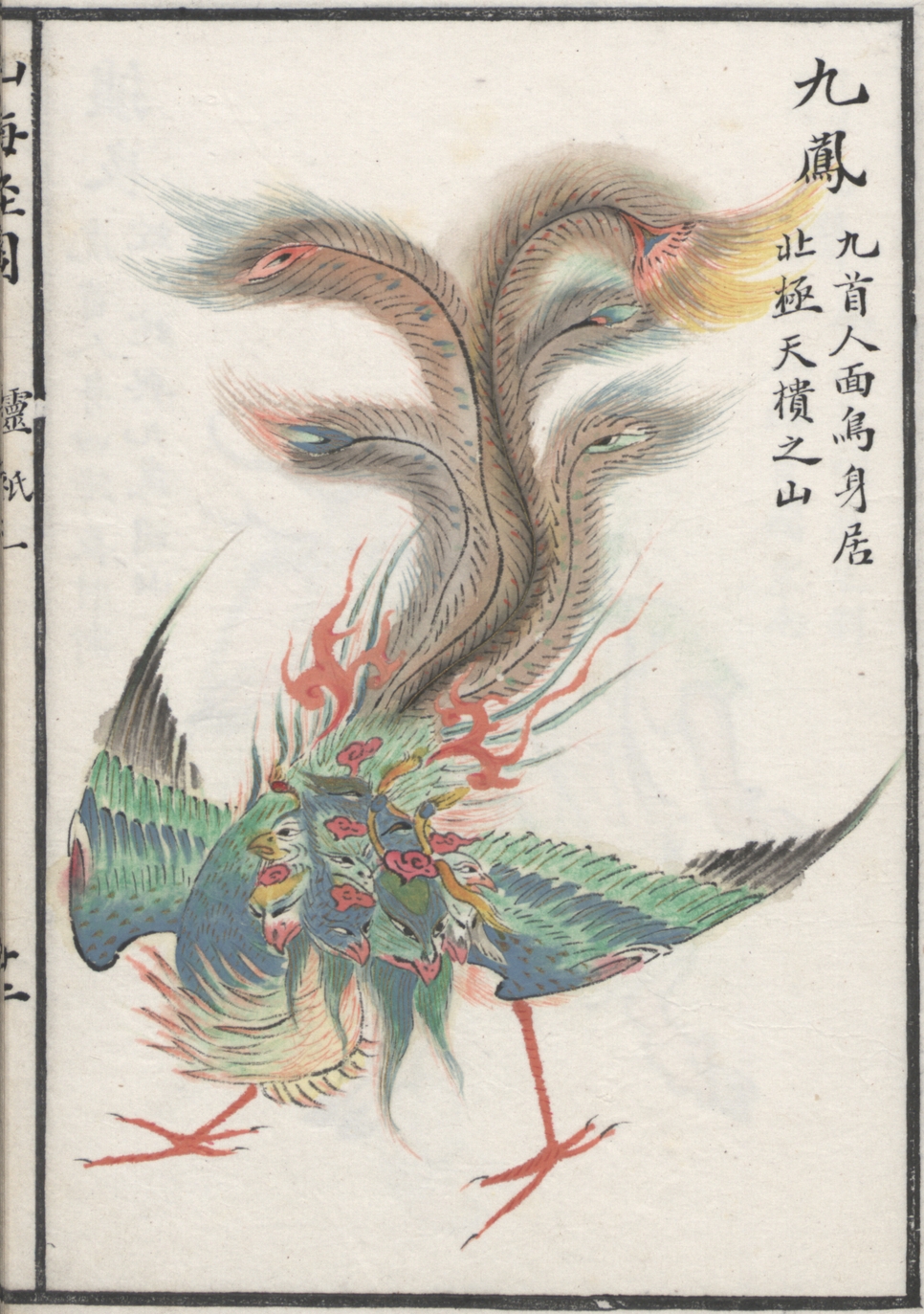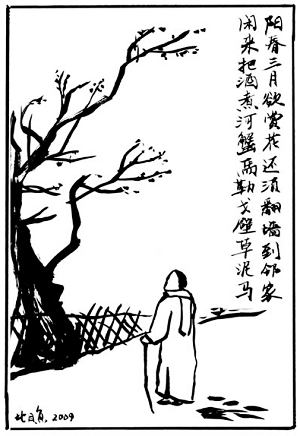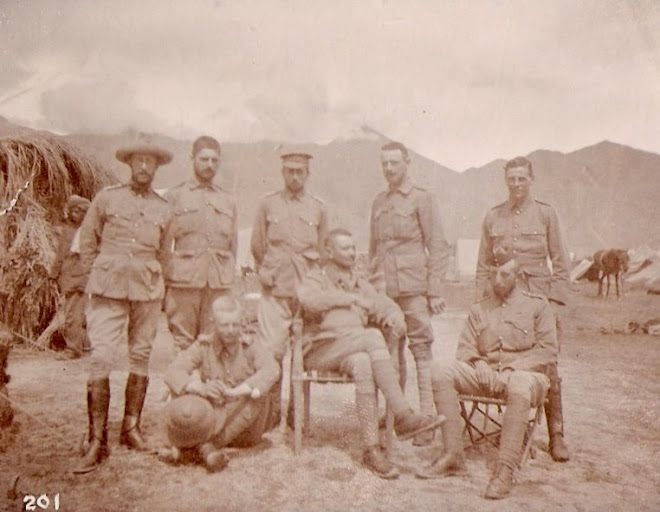The relationship between modern and pre-modern studies in history is the source of lively debate and often much mutual misunderstanding. I’d like to welcome a guest posting on this issue that I hope will generate a productive conversation in the comments and future postings in response here and elsewhere. The author, Michael McCarty, is a graduate student at Columbia University doing a PhD in pre-modern Japanese history, focusing on early Kamakura and the relationship between courtiers and warriors. The following is the opening he gave to a very informal discussion on the pre-modern/ modern divide in East Asian studies at a combined (Korea, China, and Japan) history study group meeting at Columbia last week.
The essential problem in the relationship between pre-modern and modern studies is a question of dependency. The “relevance” of pre-modern studies is essentially dependent in its contribution to modern studies—pre-modern studies is forced to position itself against modernity either as a foil or a precursor to modern development. The only other recourse for pre-modern studies seems to be to posit a timeless, unchanging pre-modern world (which, in the end, falls back into a kind of foil to the modern world).
On the other end, modern studies chooses to define its existence and its relevance precisely by how different its subjects and issues are from what came before. This reinforces the dependency of pre-modern studies.
Attempts to do modern history, at least to me, thus seem to be framed upon hyperbole: “This is the first time (non-elites had a voice, etc),” “Here we see the creation of the first real (nation-state/ modern bureaucracy/ national consciousness, etc),” “Modernity has seen the highest level of (popular participation in government/ violence/ global interconnectedness, etc).”
Since the inherent teleology of modern studies is the way things are now, analysis of institutions and patterns tend to center on crediting certain individuals, processes, or events that were more or less influential in shaping the modern situation. This can be seen in the preponderance of the template “So-and-so and the making of the modern such-and-such” i.e. this institution, person, event was key in changing such-and-such situation to its modern situation.
But the universality of the template only belies the relativity of such claims: almost any person, institution, or event can be said to shape a situation closer to our modern situation than what came before. Can the books Genghis Khan and the Making of the Modern World and The Cold War and the Making of the Modern World really be talking about the same thing? Since modernity’s teleology is the present, and nothing goes beyond the present, in some sense everything is leading up to modernity. It borders on meaninglessness.
Because of the dependency dynamic and the historian’s (publishing?) desire for relevance, there is a kind of power play between modern and pre-modern studies; but in all cases modern studies takes the lead and pre-modern studies is reactive.
For example, in the Japan field we saw John Hall through the 1960s and 70s taking the field backward from the modern period in a search for precursors (the so-called “modernization” school), first to Early Modern Japan, then the Sengoku period, then Muromachi. Nor has this dynamic disappeared with the breakup of the postwar “modernization” consensus. First come modernist claims that such-and-such an event, institution, or person was responsible for the rise of a modern phenomenon (the nation state, or the rise of capitalism, or the rise of modern concepts of rights, etc). Then the pre-modern reaction: Actually, two-hundred years earlier, changes were happening that set the groundwork for the eventual rise of (the modern state, etc).
One example struck me from Harootunian and Sakai’s dialogue in Positions—in which they clearly dismiss pre-modern studies in general, but this is a diatribe for a different day. The example was studies of “Kamakura law” that treat their subject as if it were no different from modern property law. Harootunian suggests this is ridiculous, and his claim is valid and important. But it bespeaks a kind of possessiveness in modern studies: “This idea is only in the modern period, you can’t have it.”
Such studies of “medieval law” are indeed misguided attempts to restore relevance to pre-modern studies by looking for precursors to modern phenomena. Clearly medieval “law” is NOT the same as modern law. But is this claim based on close understanding of what regulations and prohibitions really meant in the medieval period and how these are different from modern legal institutions? Or are they based on quick assumptions about the pre-modern period from the necessary act of difference (the pre-modern as foil) that defines modern studies?
In the end I feel that if the key to relevance is proximity to (and explanatory power toward) the way things are now, pre-modern studies is in a doomed game.
What the hell is modernity?
To illustrate the frustration I and many pre-modernists feel toward the omnipotence of “modernity,” I’d like to illustrate some instructive variations in terminology. The following is abridged from an abstract from the recent grad conference at Columbia:
“This paper more broadly investigates the way modernist fiction engages modernization… and [embodies] aspects of modern experience. As a study that focuses on modernism’s critique of modernization, it also shows the ways in which literature can be used as a sophisticated means to explore and understand Japanese modernity.”
But what if this were put in terms of the medieval period?
“This paper more broadly investigates the way medievalist fiction engages medievalization… and [embodies] aspects of medieval experience. As a study that focuses on medievalism’s critique of medievalization, it also shows the ways in which literature can be used as a sophisticated means to explore and understand Japanese medieviality.”
It seems discussion of any other time period in the same terms comes off as ridiculous. But what if we exchanged “modern” for synonyms?
“This paper more broadly investigates the way current fiction engages the way things became the way they are… and [embodies] aspects of recent experience. As a study that focuses on contemporeneity’s critique of the way things became they way they are, it also shows the ways in which literature can be used as a sophisticated means to explore and understand the current Japanese situation.”
As soon as the word “modern” is removed, things fall apart. Clearly no other synonym can withstand the multiplicity of meanings that “modernity” encompasses. I think the reason is that modern is both a time period and a set of characteristics.
But this relationship is circular: what is modern? The most recent period. What are the attributes of modernity? The attributes that have shown up in the most recent period. The profundity of “modernity” relies on its ambiguity as a term with a set of different meanings, meanings whose relationships are rarely explained.
Further, in East Asian studies there is no attempt to distinguish between modernity and modernization. Sometimes modernity is a natural process of global interactions that grows organically, sometimes it is a set of processes that people embark upon artificially.
For example, the phrase “Korea had a late experience with modernity” or a “Korea had a very contracted modernity” is permissible. But is it logical to say that “England had a long modernity” or that “England reached modernity before Korea”? In the case of England, modernity is natural. In the case of Korea, “modernity” refers exclusively to “modernization.”
In the end, I believe the circularity of modernity is related to its inherent teleology. If anyone said that countries in East Asia had “become medieval at different rates,” this would probably be laughable. But since the modern period has nothing after it for contrast and context, the circularity between time period and characteristics remains unexposed.











 Just a quick post of a wonderful website I stumbled upon doing a bit of background research for a point I needed to make in the chapter I’m currently working on (yes, Googling a dissertation!)
Just a quick post of a wonderful website I stumbled upon doing a bit of background research for a point I needed to make in the chapter I’m currently working on (yes, Googling a dissertation!)